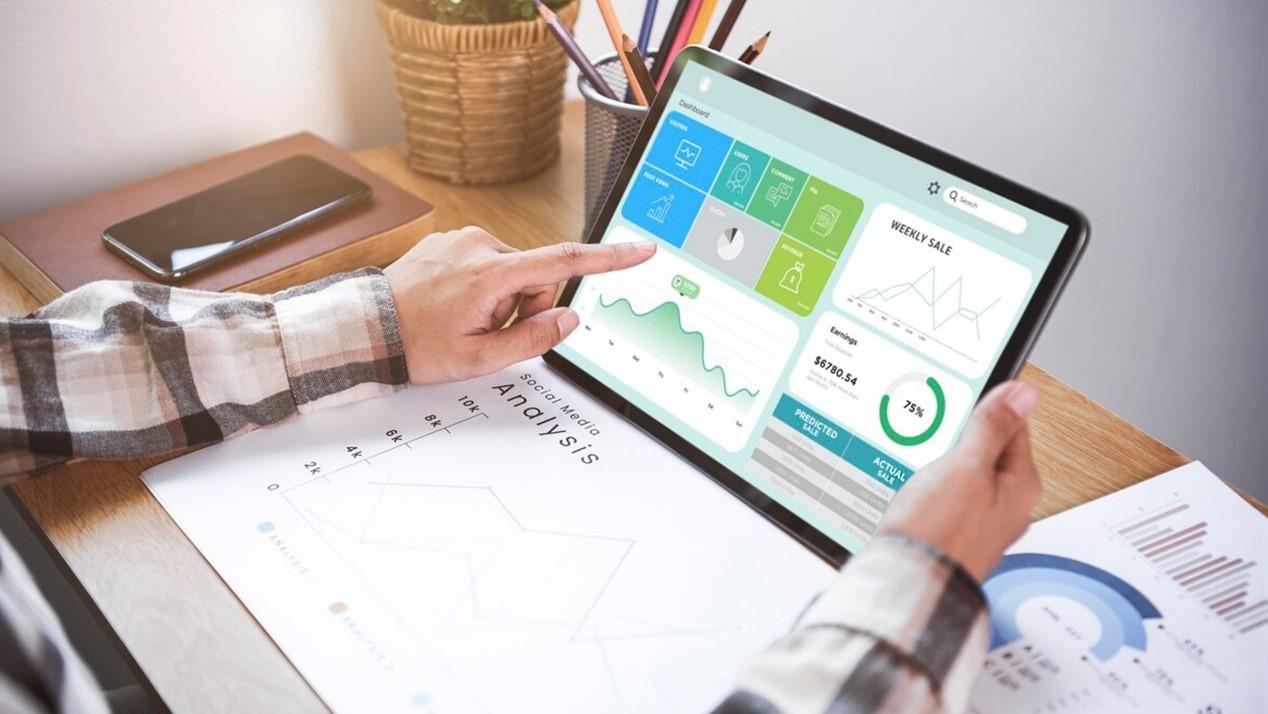
The Digital Doctor is In: AI and Telemedicine Redefine Healthcare
The healthcare industry is undergoing a seismic shift fueled by artificial intelligence (AI) and telemedicine.

As a result of the new digital relationships, healthcare organizations prioritize clinicians’ mental health, HRI declared. “According to HRI’s survey, 36% of clinical healthcare workers reported indications of anxiety or depression as a result of the COVID-19 pandemic, but only 12% said their employer had granted them new mental health benefits to cope with the pandemic,” as per the report.
“Health organizations should set the standard for other industries by offering a menu of mental health advantages, including digital therapies, to their employees who as essential workers arguably have been under more pressure during the pandemic than others.”
As of September, NYC Health + Hospitals had executed 9,000 “wellness rounds” at its locations in the five New York City boroughs, through which mental health professionals surveyed for signs of anxiety, depression, and burnout among staff and correlated them to resources, the report read. Beware that experience may be rugged based on gender, race, or ethnicity; a one-size-fits-all procedure for improving clinician satisfaction likely will not work, it added.
On another note, healthcare organizations should shoot for omnichannel engagement, HRI advised.
“The appearance of telehealth, the focus on continuing to drive patient adherence in a more virtual world, and the heightened need to provide physicians with evidence of a therapy’s value are assumed to drive many of the services that life sciences organizations bring forward,” the report said. “They should map out how to support the patient-physician virtual interaction; for example, how can physicians get free drug samples to a patient if their visit is virtual?”
Field staff should be upskilled, and the devices and content they use upgraded to be useful in virtual interactions, HRI added.
Healthcare businesses should invest in cloud-based technologies and analytics that can extract inpatient data, including social and lifestyle, from several devices and sources, permit clinicians to access them in real-time, and utilize machine learning to arm clinicians with suggestions and recommendations for patient care, HRI recommended.
A healthcare industry that found itself struggling in the dark during the pandemic’s opening waves will require a forecasting system that provides a lens for the uncertainty ahead, HRI suggested. More excellent sightlines can help healthcare companies adjust for shifts in the insurance market, the economy, utilization, customer behavior, and future waves of infectious disease, it added.
They need real-time insights to shape the healthcare industry’s forecasting method to alert healthcare leaders to the shifting aspects that may have a major influence on their business, the report read. As the pandemic experience diversifies at different times across different regions of the country, local partnerships among healthcare providers, payers, community groups, and government offices can help power a more informed response, it added.
Stronger forecasting could improve health services providers’ predict volumes by service lines and assistance sites and plan for clinician staffing, personal protective equipment requirements, and vaccine distribution, HRI said. Payers could apply insight into how members may shift between commercial insurance, Medicaid, and Medicare, and when to expect important changes in utilization and projected impacts on medical loss ratios, it continued.
All areas should have better insight into patients to understand whether transportation requirements or work schedules will prevent them from following through on treatment, from prophesying when their conditions might be worsening, or to ascertain how to connect pharmaceutical products to peoples best,” the report said.
No spam, notifications only about new products, updates.

The healthcare industry is undergoing a seismic shift fueled by artificial intelligence (AI) and telemedicine.

The healthcare and pharmaceutical sectors are navigating a transformative period, with technological advancements reshaping patient care, operational efficiencies, and strategic growth.

In the world of business, financial wizards wave their wands to conjure profits and success. But behind every great money magician …

Insurtech is not just making waves in the insurance industry—it’s rewriting the rulebook. As technology-driven startups disrupt …